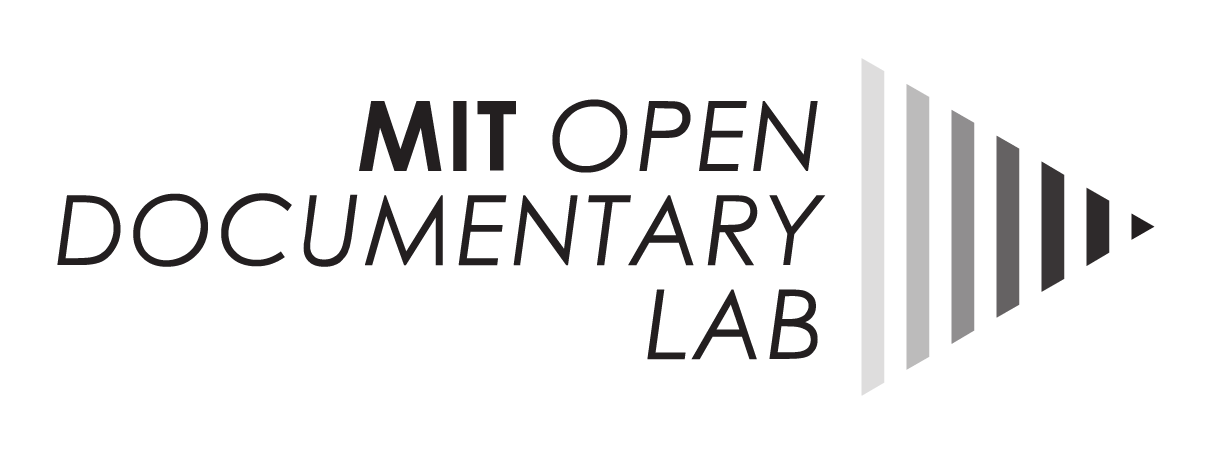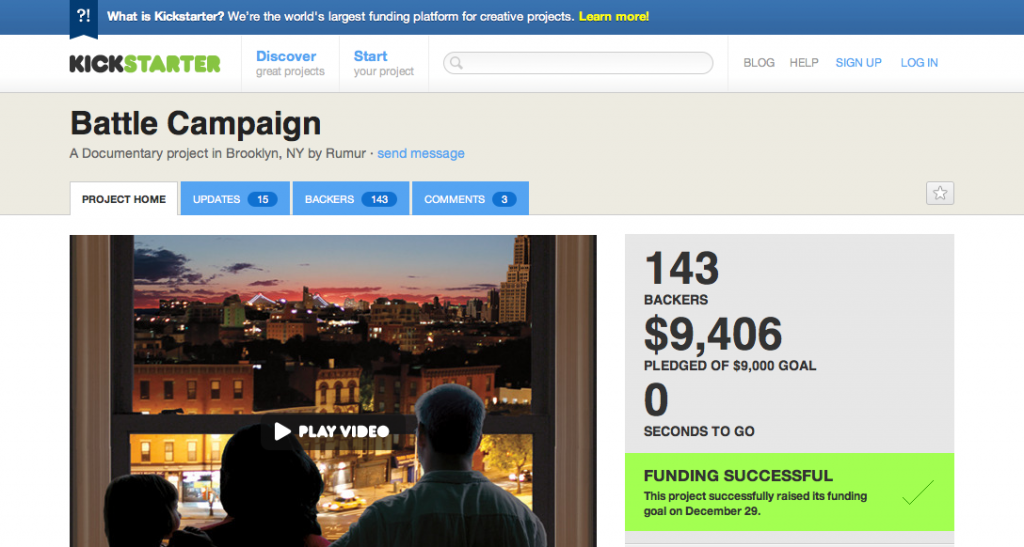
14 Jan From Crowd to Community
Kickstarter has been in the news lately. First, there was this week’s stunning announcement that the site raised $32 million for films in 2011. Contributions came from more than 300,000 different individuals. Next, came narratives of individual success: three Kickstarter documentary projects are on the Oscar shortlist. Director Jennifer Fox used Kickstarter to raise a record-setting $154,000 for her forthcoming documentary My Reincarnation. Through Kickstarter, documentarian Till Schauder raised $100,000 for his film The Iran Job.
In an interview with PBS’s POV blog, Schauder said,
The power of visual storytelling and the paradigm shift created by both the democratization of distribution and funding (Kickstarter), along with social networking, have created a new set of possibilities for film as a vehicle for social activism and entertainment.
Thanks to new technologies, filmmakers can take their story directly to its potential audience. While the traditional gatekeepers—studios, networks, and foundations—are still critical, many projects are beginning to build budgets and publicity by appealing directly to viewers.
Schauder calls Kickstarter a “public referendum” on a given project’s possibility of success. Suki Hawley, director of the Kickstarter-funded documentary Battle for Brooklyn, describes the process of crowd funding as “bringing the community together.” Hawley commented,
Going to the community that is interested has been a revelation and a paradigm shift.
Crowdfunding platforms, such as Kickstarter, not only involve audiences in terms of financial contributions, but can—at their most successful—become a platform on which filmmakers can build an interested and engaged community. This opens exciting possibilities for documentarians, particularly ones working on civic projects. The act of contribution—a public declaration of support—builds a network of interested people, increases audience engagement and, perhaps, lowers individuals’ natural resistance to action. Involving people once makes it more likely they will become contribute in the future.
Technology enables innovation in documentary narratives and production. But it also can create fresh ways of funding and distribution and provide opportunities for filmmakers to build potential audiences into active communities.
posted by Katie Edgerton/MIT




